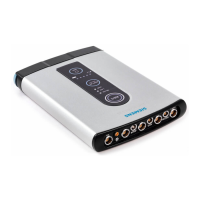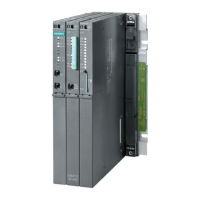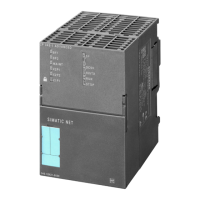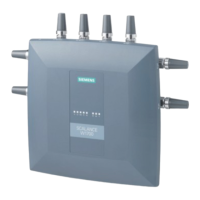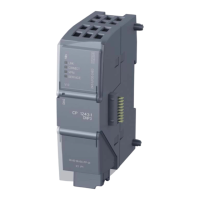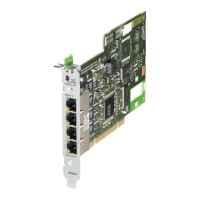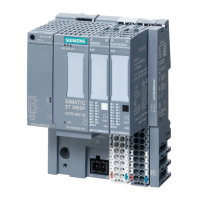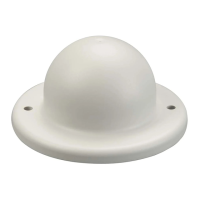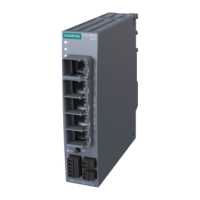Basics of communication with Industrial Ethernet
1.3 Technologies of Industrial Ethernet
Industrial Ethernet
46 System Manual, 09/2019, C79000-G8976-C242-10
1.3.8 Layer 3 functions
Introduction
The term layer 3 function effectively means routing. The term routing describes the
specification of paths (routes) for communication between different networks. This means:
how a data packet travels from subnet A to subnet B.
Devices with layer 3 functionality are also known as layer 3 switches. Layer 3 switches can
operate both at OSI layer 2 (MAC address) or at OSI layer 3 (IP address).
A Layer 3 switch can assign various subnetworks and VLANs to its ports, for example,
subnetwork A and subnetwork B. This allows large networks to be divided into smaller
subnetworks with their own address range. Reasons for dividing into subnets include, for
example, the separation of the Ethernet network to reduce data traffic, the separation of
sensitive areas from the main network and the division of the network into logical
workgroups.
Static routing
In static routing, the paths that a data packet can take are entered permanently (statically) in
the routing table.
Dynamic routing
With dynamic routing, the paths that a data packet can take are identified dynamically
between the routers involved, see also "Dynamic routing with OSPF".
Router redundancy with VRRPv2
With the aid of the Virtual Router Redundancy Protocol the failure of a router in a network
can be countered. VRRP, for example, provides the option of setting up device redundancy
for the default gateway of the end devices.
Several physical routers in a network segment are grouped together to form a logical group.
A virtual MAC and IP address then apply for this area. One router of this group is made
master. This master adopts the virtual MAC and IP address of the area. The other routers of
this group are then backup routers. If the master fails, another router from the group takes
over the virtual MAC and IP address and the tasks of the failed router. This means that the
affected network area can continue to communicate with the outside world. The network
segment can no longer be reached only after the failure of the last router in the group. Due to
the backup router adopting the virtual MAC and IP address, no other actions are necessary
for the other routers in the area of the segment. Routing tables or the ARP cache do not
need to be updated. This minimizes the consequences of device failure.
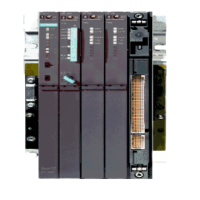
